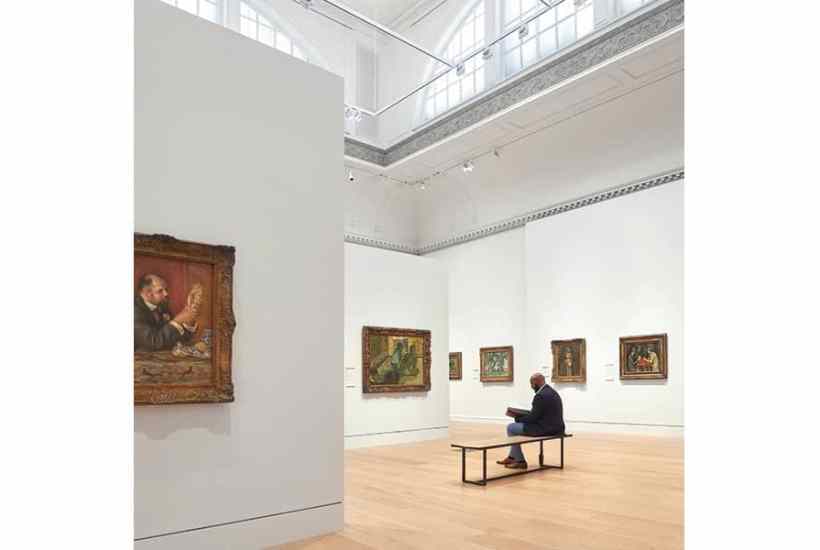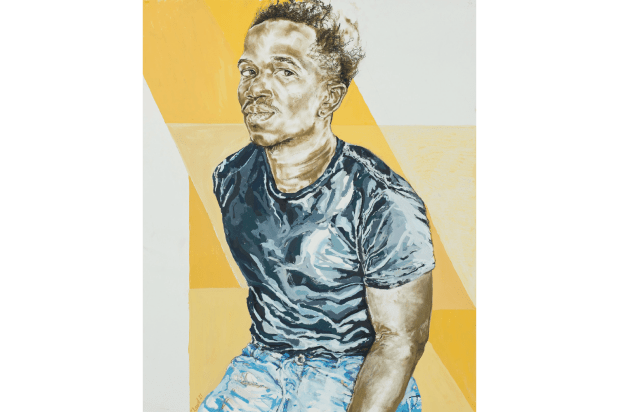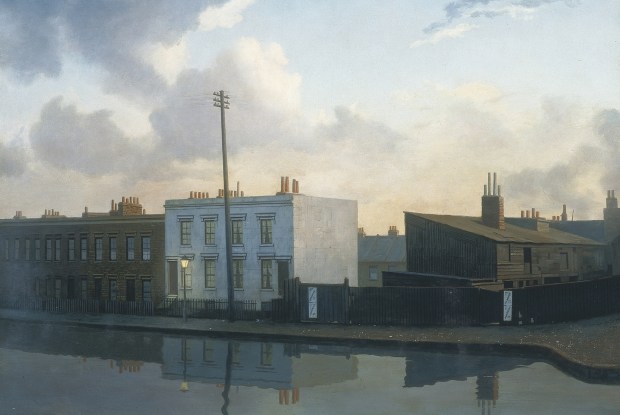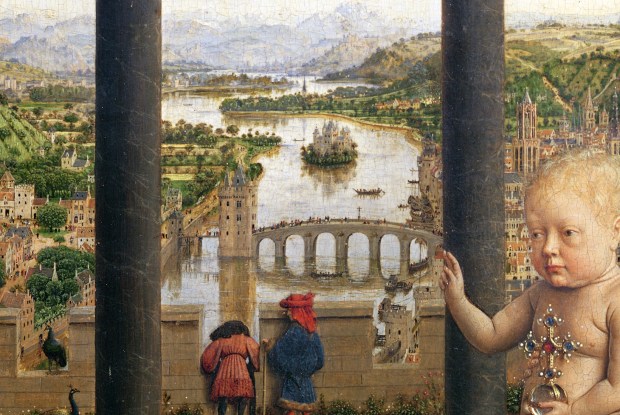When the Courtauld Gallery’s impressionist pictures were shown at the Fondation Louis Vuitton in Paris in 2019, the Parisian public was so bowled over by the exhibition that some were inclined to claim Samuel Courtauld as an honorary Frenchman. This was not completely unreasonable; after all Courtauld (1876–1947) was a Francophile from an old Huguenot family. But it was even more of a compliment to the magnificent array of French art he had put together.
In this city of impressionism, home to the Musée d’Orsay and the Orangerie, half a million visitors came to see it. I went round that show with an eminent art dealer, and as we did so she confided that she had never seen Courtauld’s Cézannes, Gauguins and Van Goghs look as splendid as they did there. She was right, but now they are hung and lit with equal magnificence at Somerset House.
Getting them so satisfactorily settled into this Georgian pile has taken more than 30 years. The gallery first moved there in 1990, but since then there have been a multitude of rearrangements and adjustments. It’s easy to understand why. Somerset House is an imposingly dignified structure located on a prominent site in central London, the masterpiece of the architect William Chambers.
The trouble was Chambers had never intended for most of its grand rooms to be used as picture galleries. Furthermore the one that was — the Great Room, which was the central point of the annual Royal Academy exhibition in the 18th and 19th centuries — was intended for a completely different kind of exhibition from any modern display. In those days it was crammed with a tilted cliff face of paintings leaning out at an angle from each wall, hanging in rows from near the floor to ceiling, Gainsboroughs attempting to attract attention away from pictures by Reynolds.
It has taken a long time to work out how to adapt these venerable spaces to a new role. The problem has been complicated by the way the collection has carried on growing. The Courtauld is, in fact, a collection of collections. The impressionist paintings assembled by Samuel Courtauld and his wife Elizabeth have been joined over the years by a series of gifts and bequests.
The most notable was from Count Antoine Seilern, an Anglo-Austrian aristocrat living in South Kensington who put together a private version of the Habsburg collection in Vienna: much smaller, of course, but still amazingly rich in old masters. There were also fine 15th- and 16th-century pictures owned by Lord Lee of Fareham (who also presented the nation with Chequers as a country house for the prime minister).
Steadily the masterpieces have piled up. There was also a Victorian collection of medieval and Quattrocento art in the Pre-Raphaelite taste, put together by Thomas Gambier Parry and presented by his grandson. Then Turner watercolours owned by Samuel Courtauld’s brother Stephen arrived, followed by Lucian Freud etchings, and most recently the Karshan collection of modernist works on paper.
Integrating all this into a smoothly continuous display was far from easy. And the trickiest problem was the conundrum of the Great Room. The crux of this is that the space is too important and interesting to subdivide, but on the other hand too large simply to hang a row of pictures around the perimeter (you might get away with vast baroque altarpieces, but the Courtauld’s paintings are mainly on a domestic scale). The solution is a series of partitions which give the feeling that one is entering separate rooms without destroying the architectural unity of the whole.
In this setting Van Gogh’s ‘Self-Portrait with Bandaged Ear’, Manet’s ‘Bar at the Folies-Bergère’, Cézanne’s ‘Card Players’ and the other supreme pictures from the original Courtauld collection look as fabulous as they did in Paris.
Meanwhile, even if you know the Gallery well you are likely to find many things that you never noticed before. Thanks to Count Seilern, the collection is almost as rich in Flemish pictures as it is in impressionists. Bruegel’s ‘Flight into Egypt’ is a miniature version of those compositions into which he seems to cram the whole world. Rubens’s star-speckled ‘Landscape by Moonlight’ is tenderly, romantically intimate. Lord Lee contributed a big ‘Trinity with Saints’ by Botticelli, now cleaned and transformed and placed in a new frame made according to a design (perhaps by the artist) found on the back.
There’s so much more that it is quite impossible to list, including metalwork and decorative arts worthy of a place in the V&A. The Courtauld Gallery has grown in multiple senses — not only embedding itself into its Somerset House setting, but evolving from a delightful small institution into a much larger, deeper and wider one. London is a city amazingly rich in fine museums, but among them, in elegance, ambiance and sheer masterpiece-count, the revamped Courtauld ranks high.
Got something to add? Join the discussion and comment below.
Get 10 issues for just $10
Subscribe to The Spectator Australia today for the next 10 magazine issues, plus full online access, for just $10.
You might disagree with half of it, but you’ll enjoy reading all of it. Try your first month for free, then just $2 a week for the remainder of your first year.














Comments
Don't miss out
Join the conversation with other Spectator Australia readers. Subscribe to leave a comment.
SUBSCRIBEAlready a subscriber? Log in